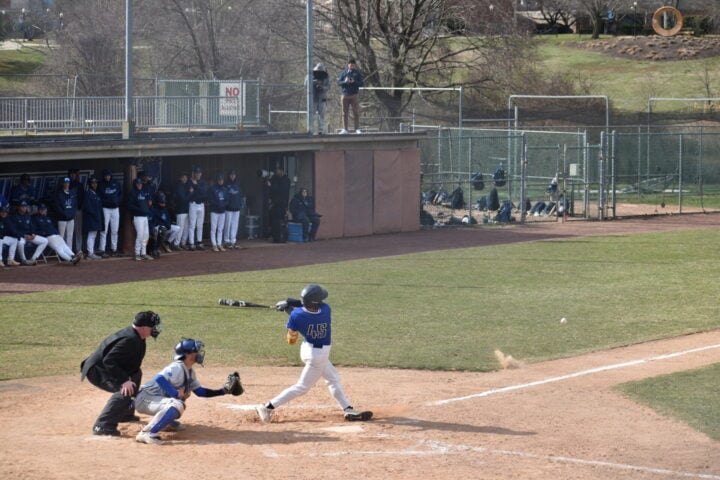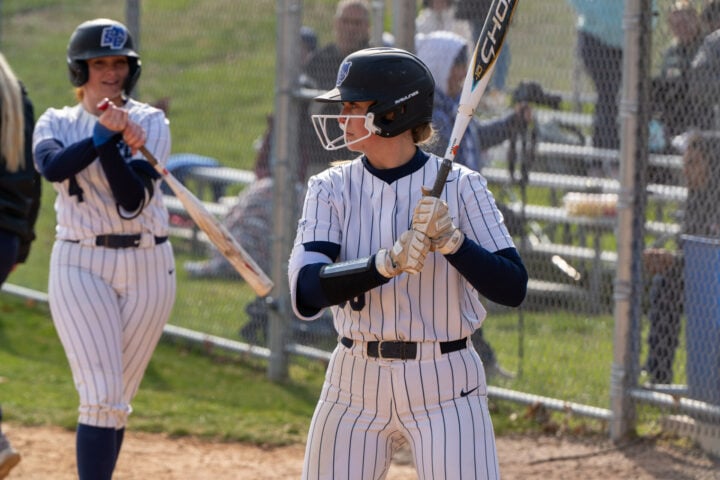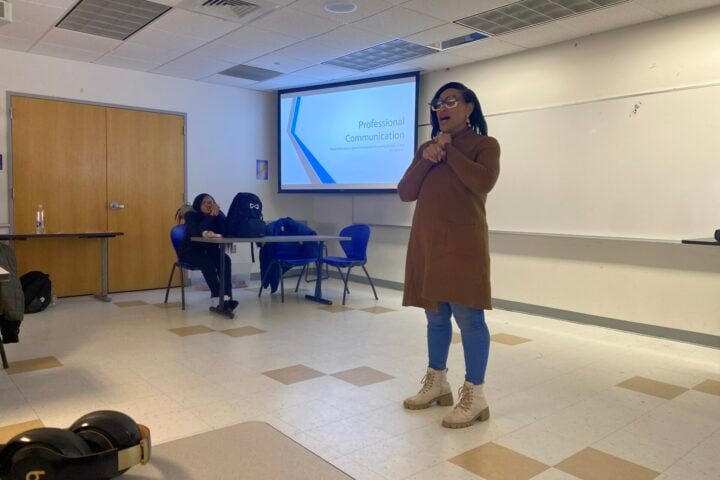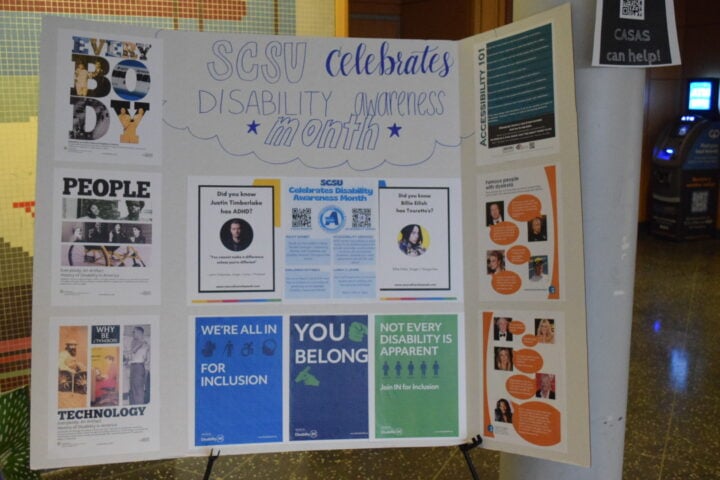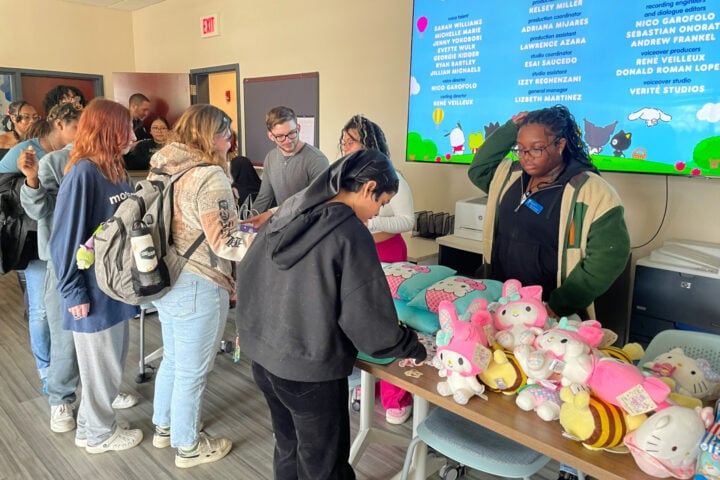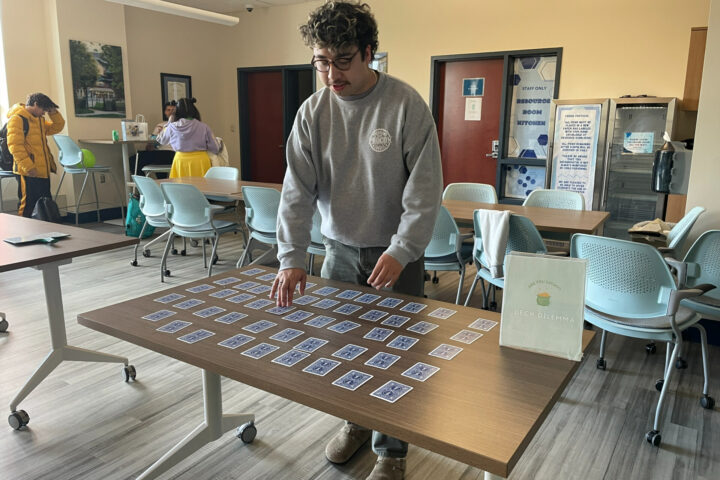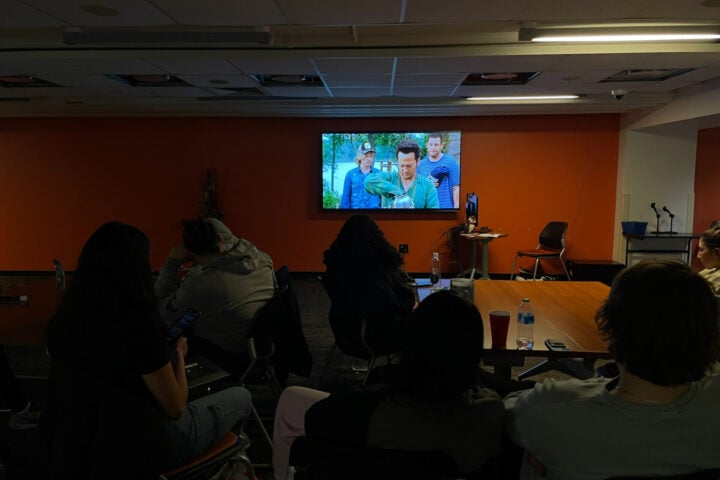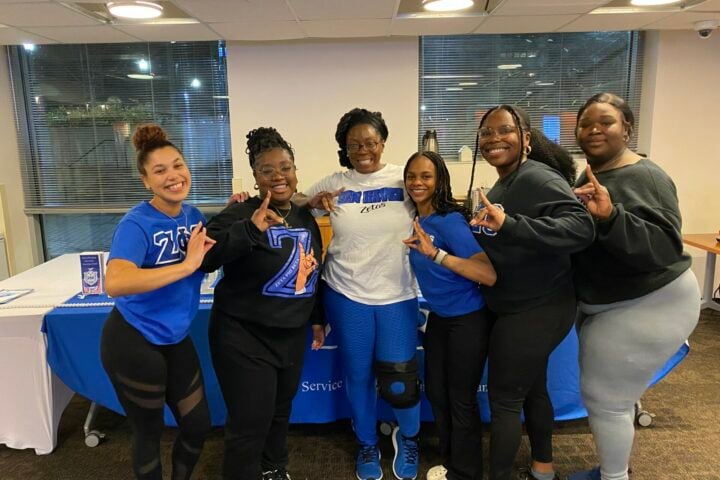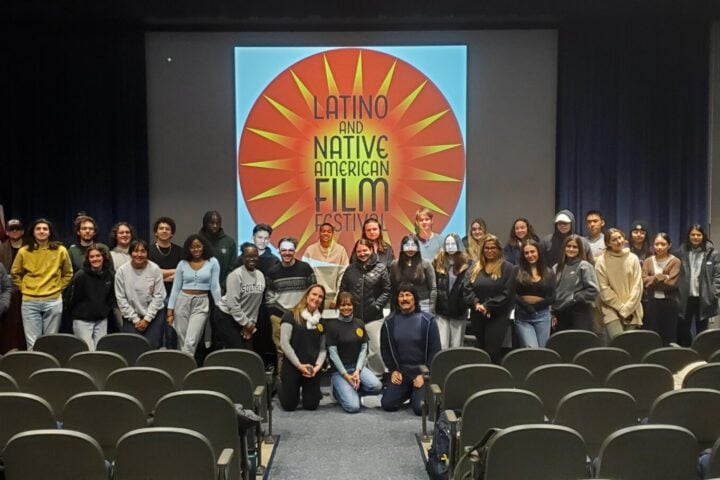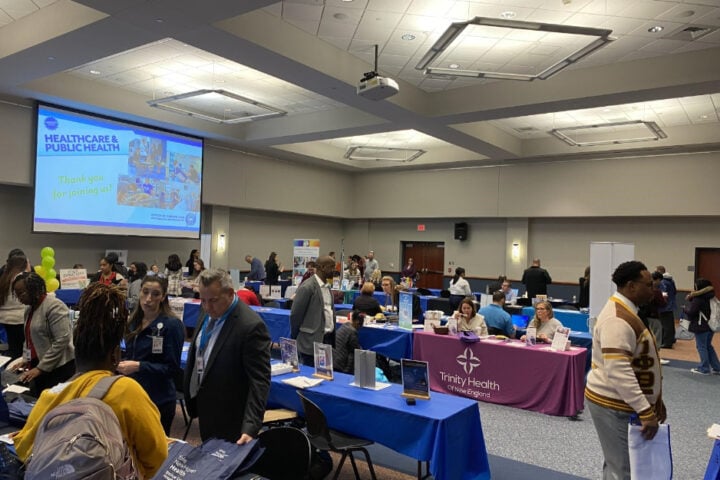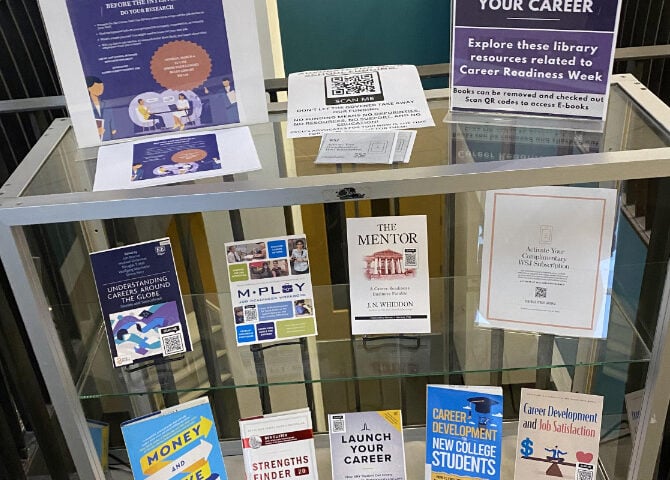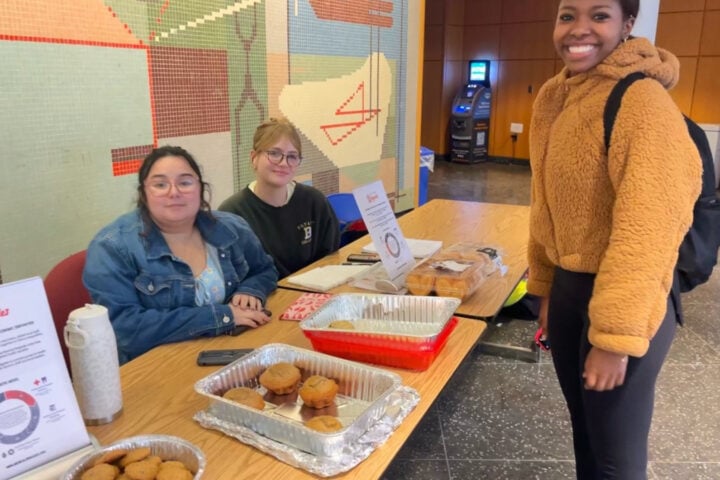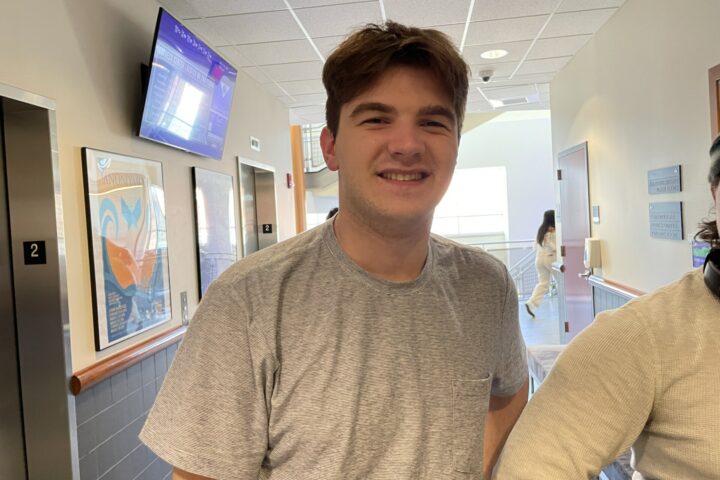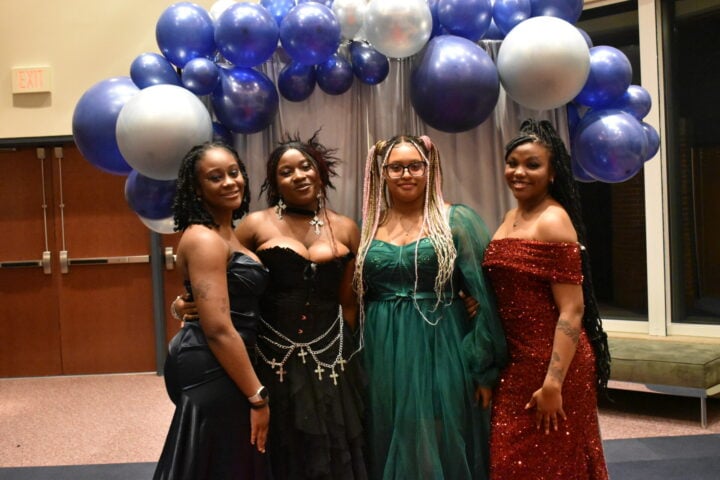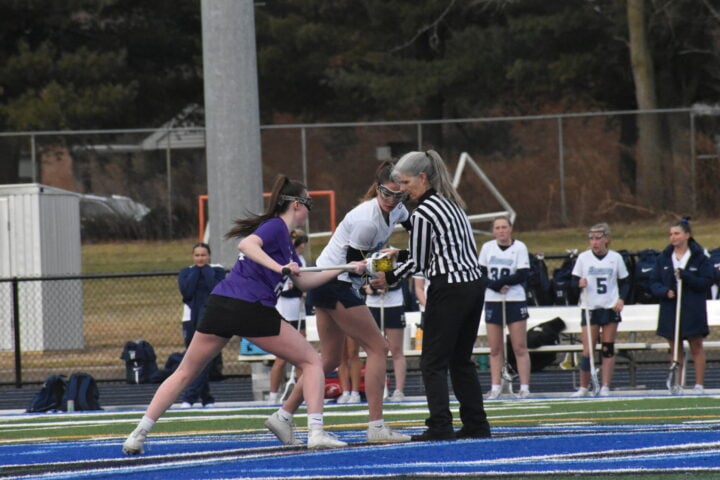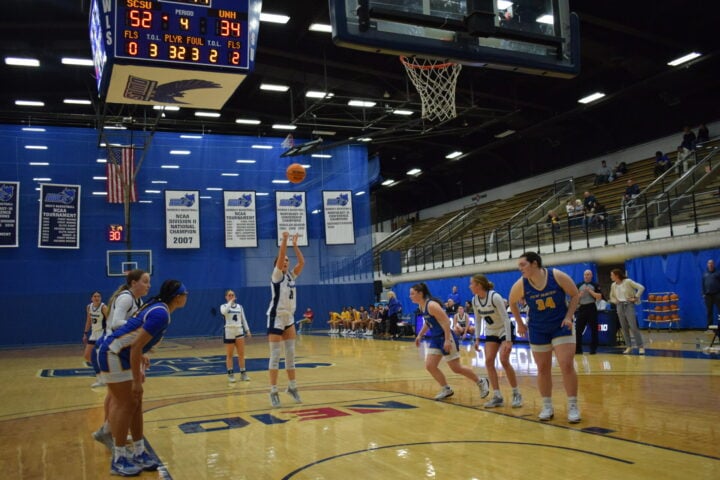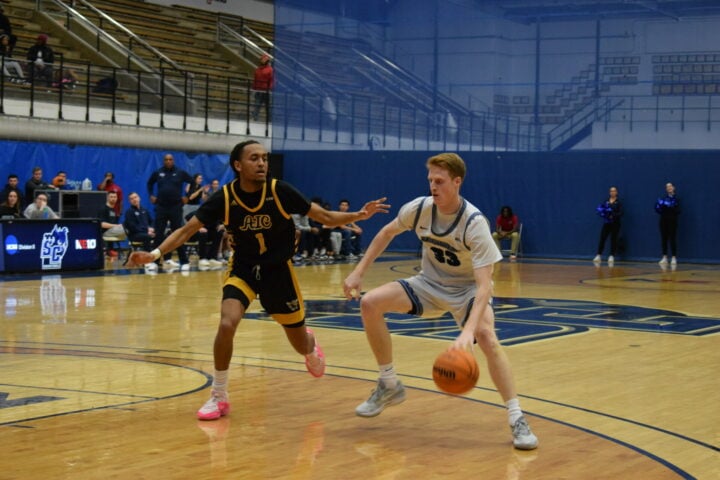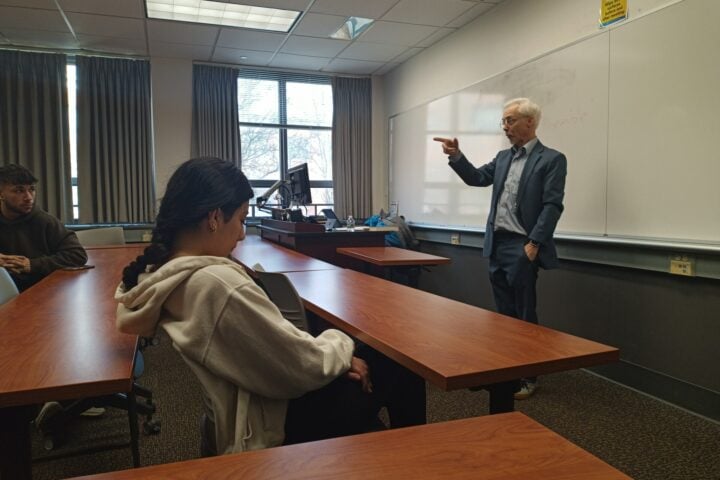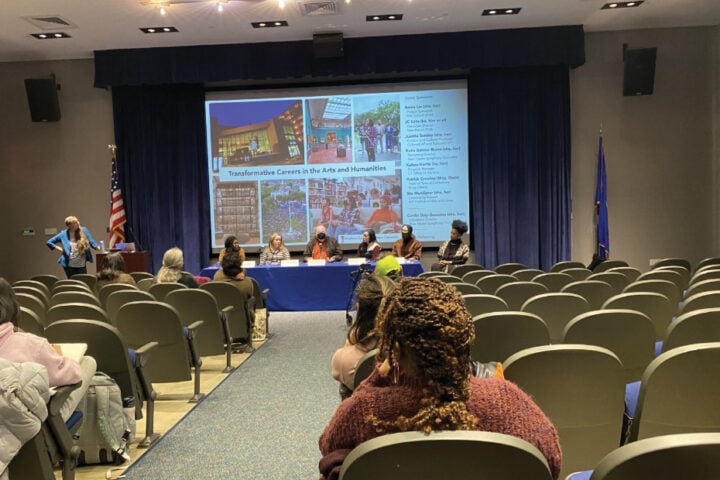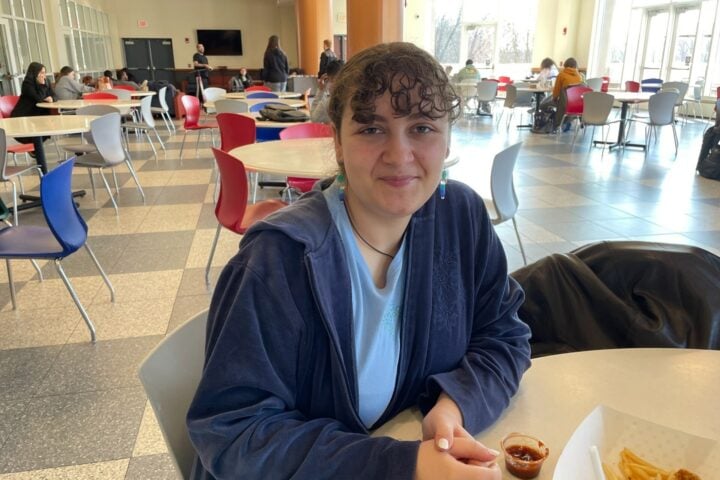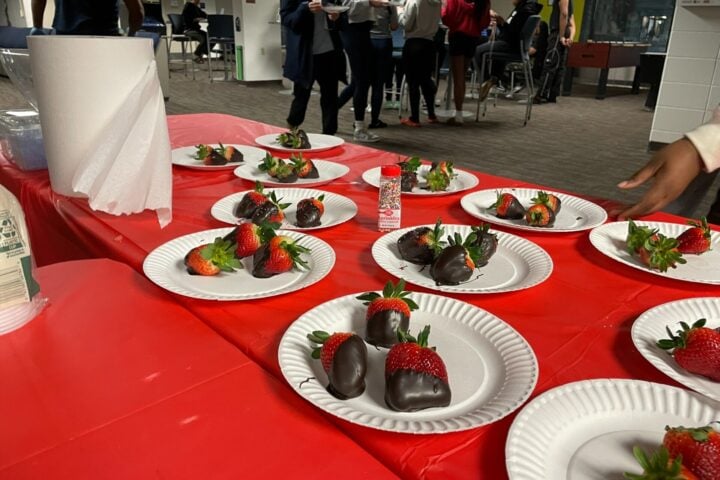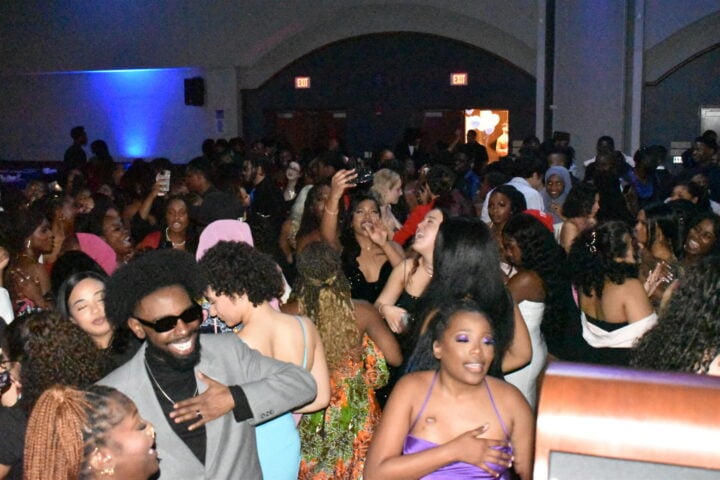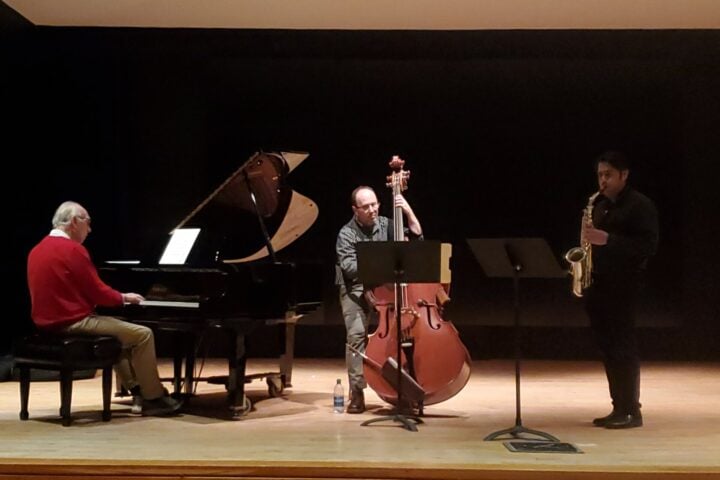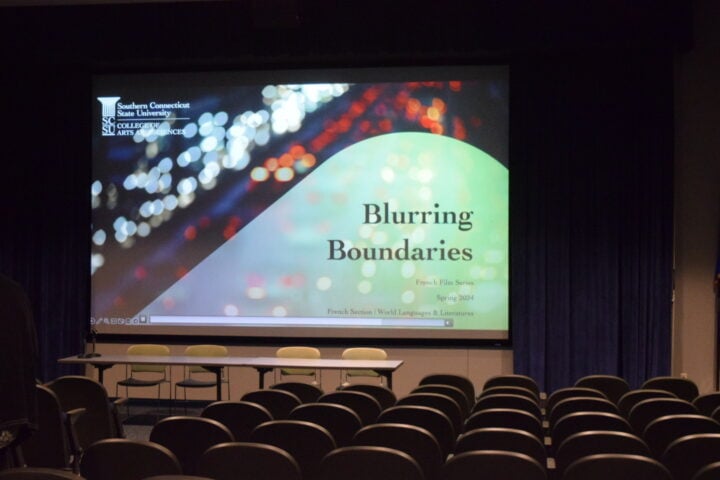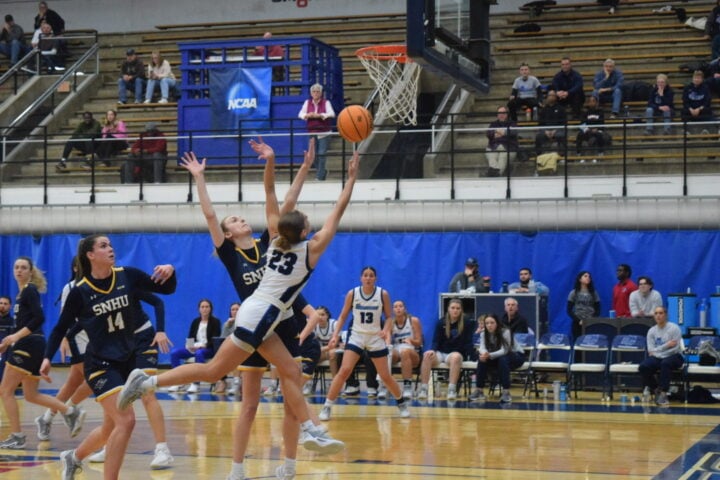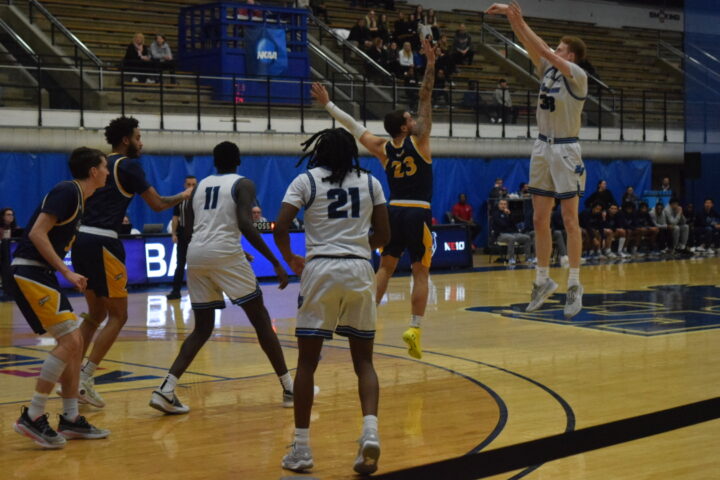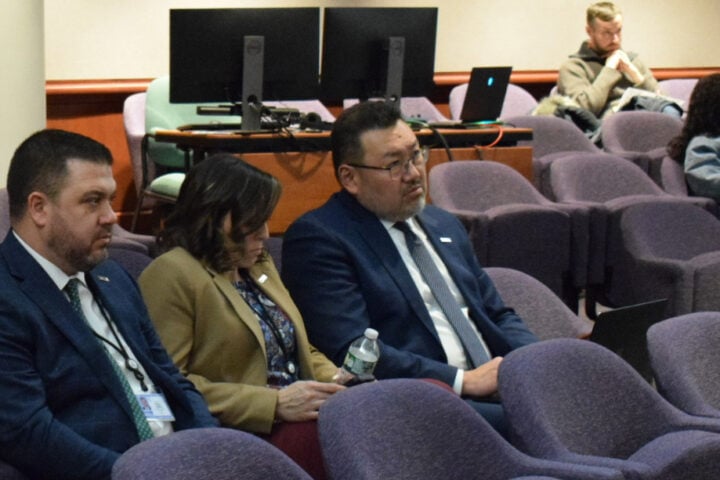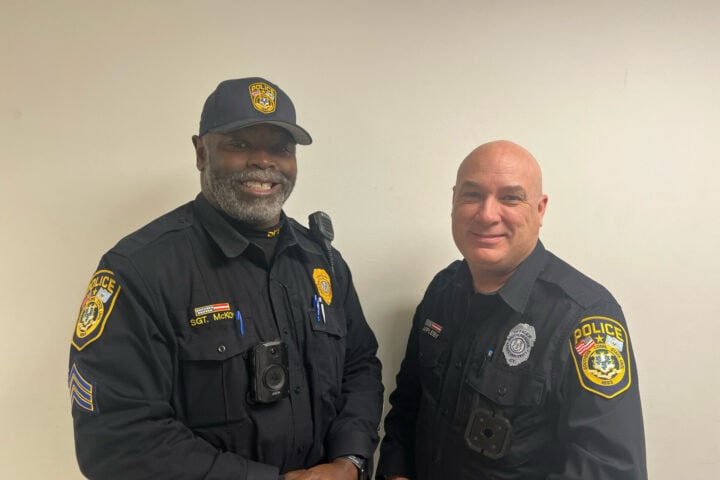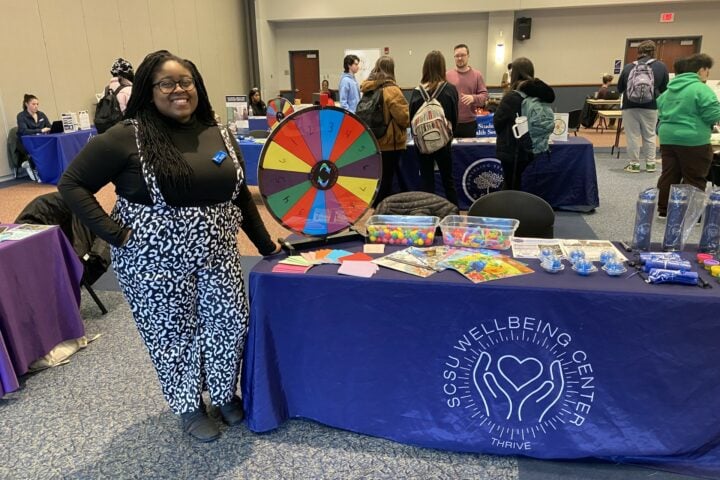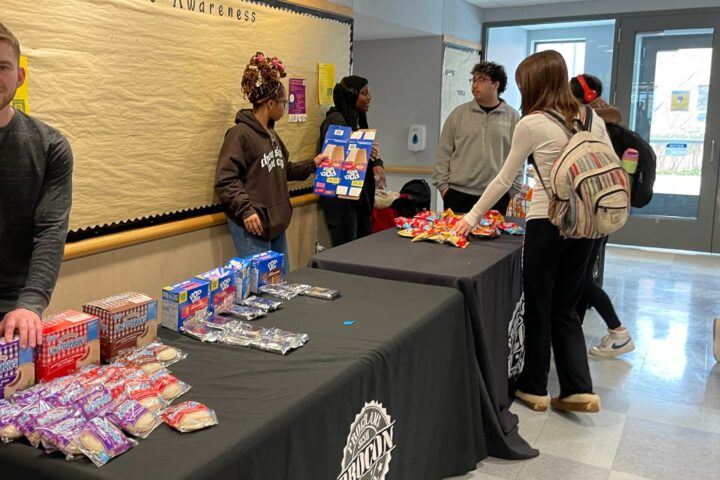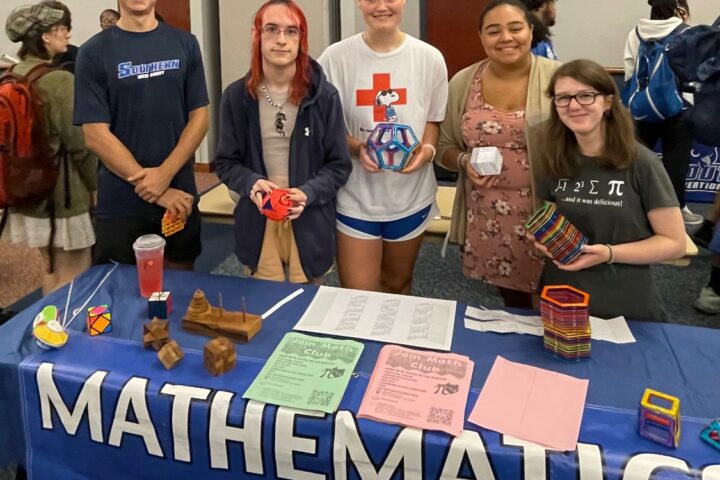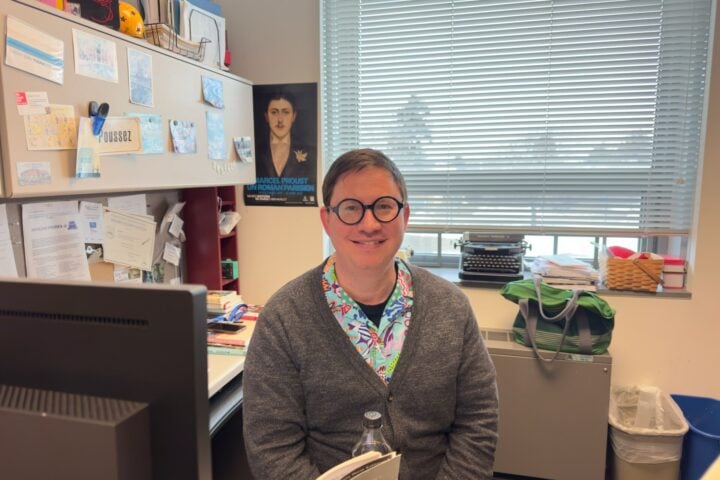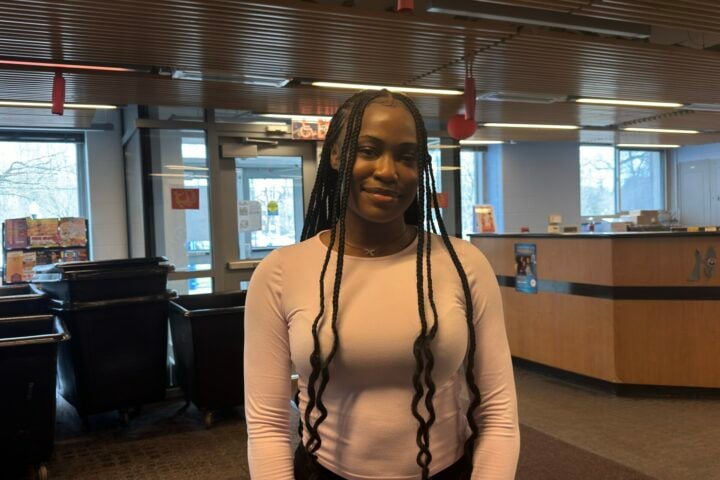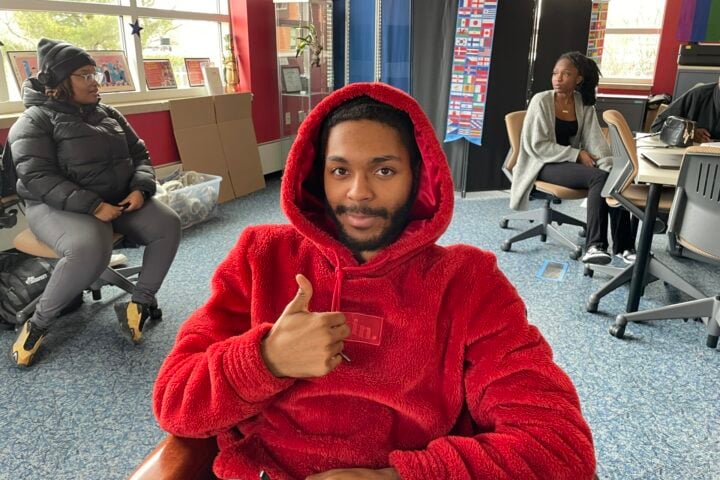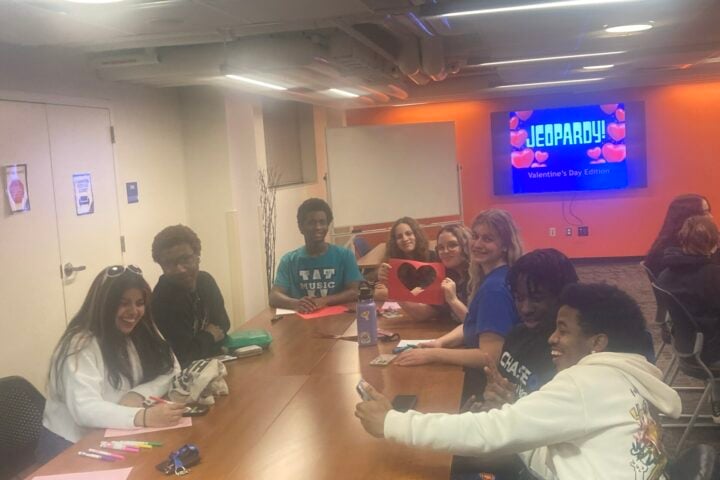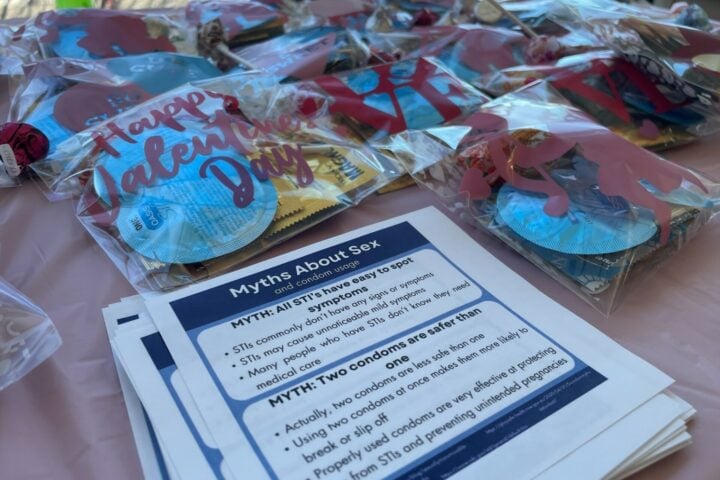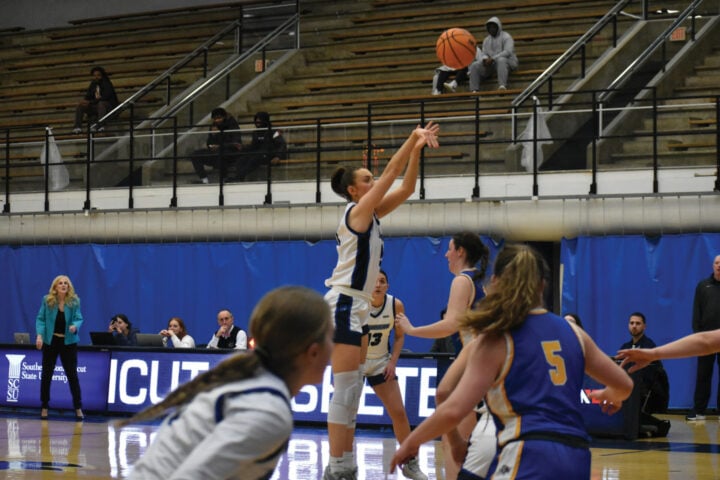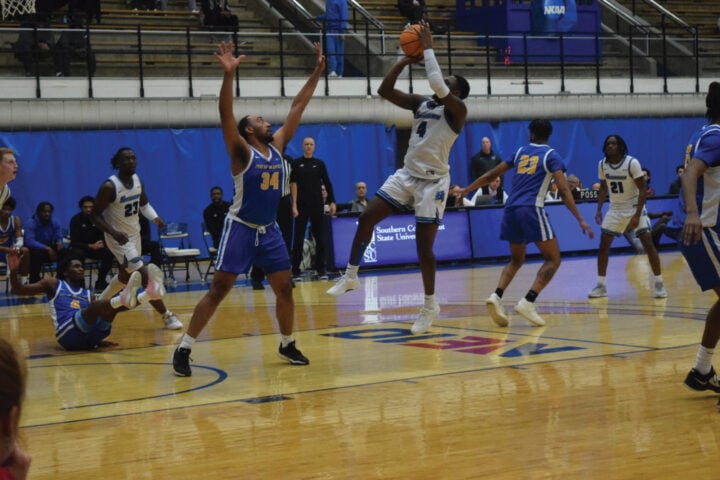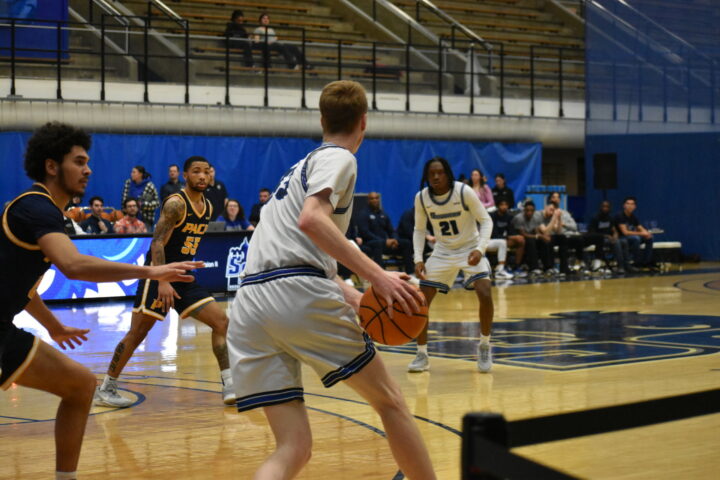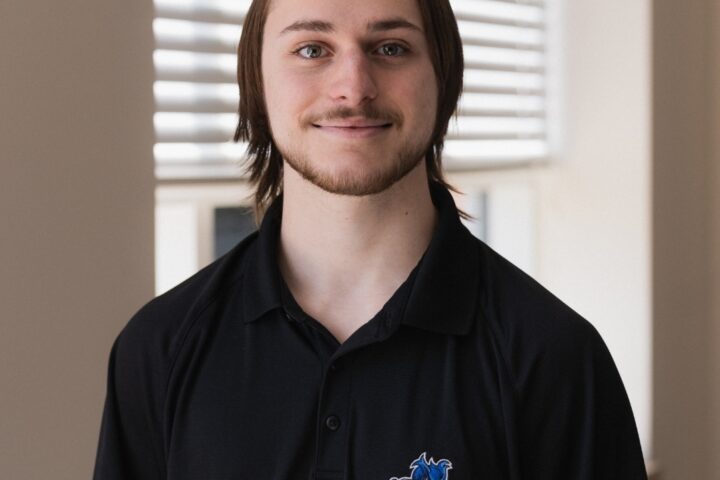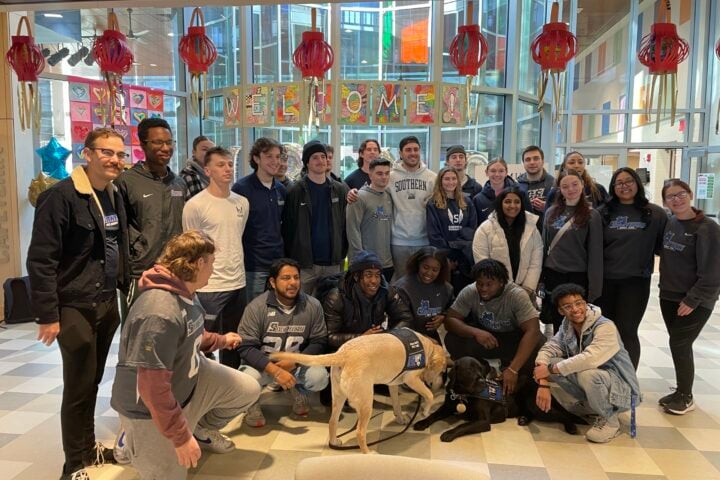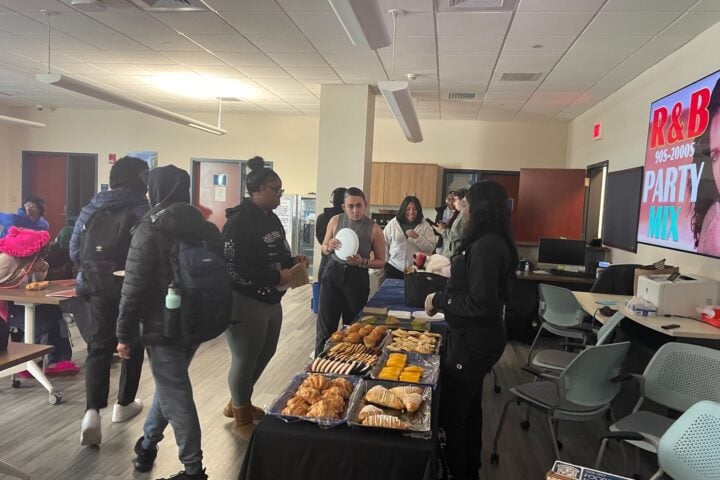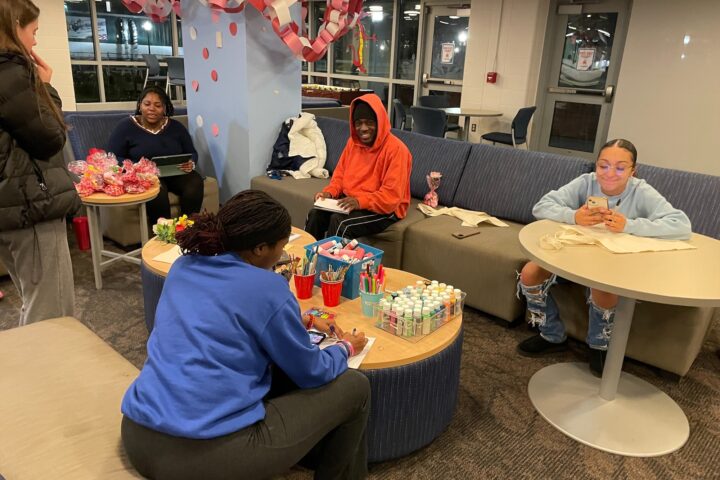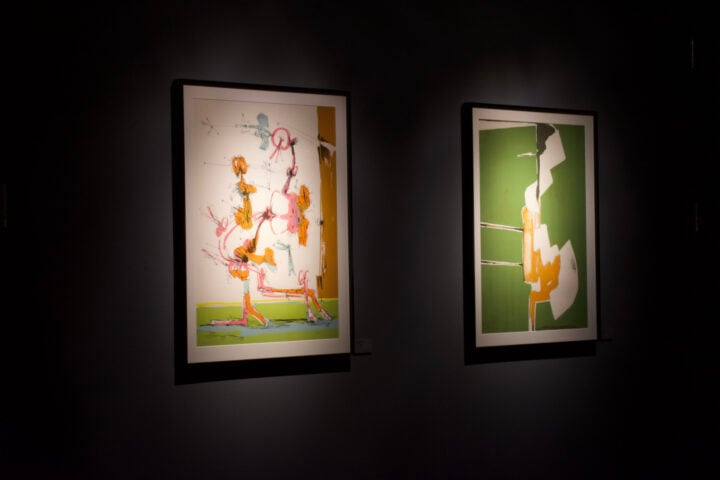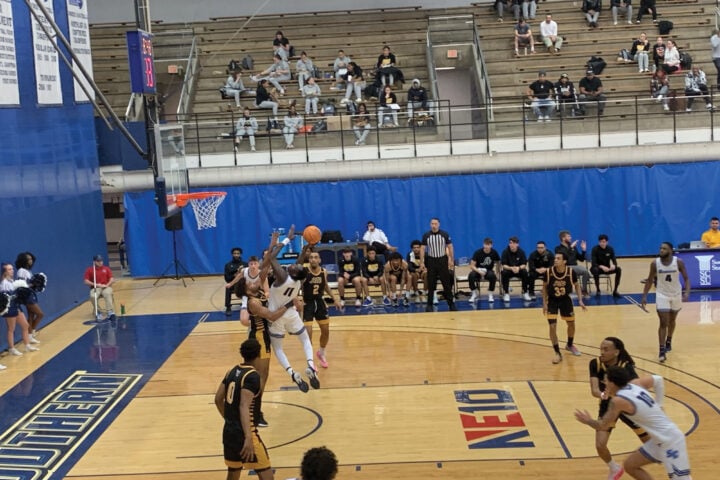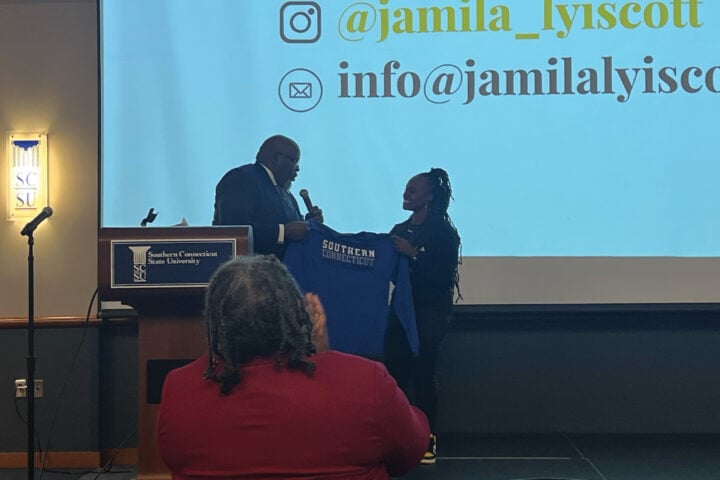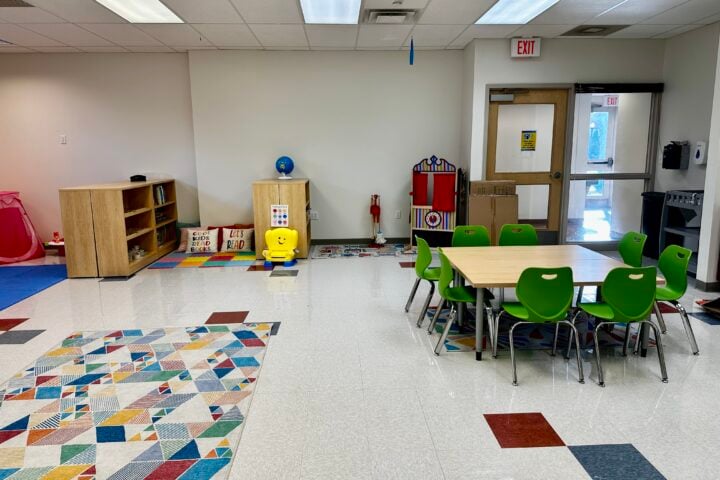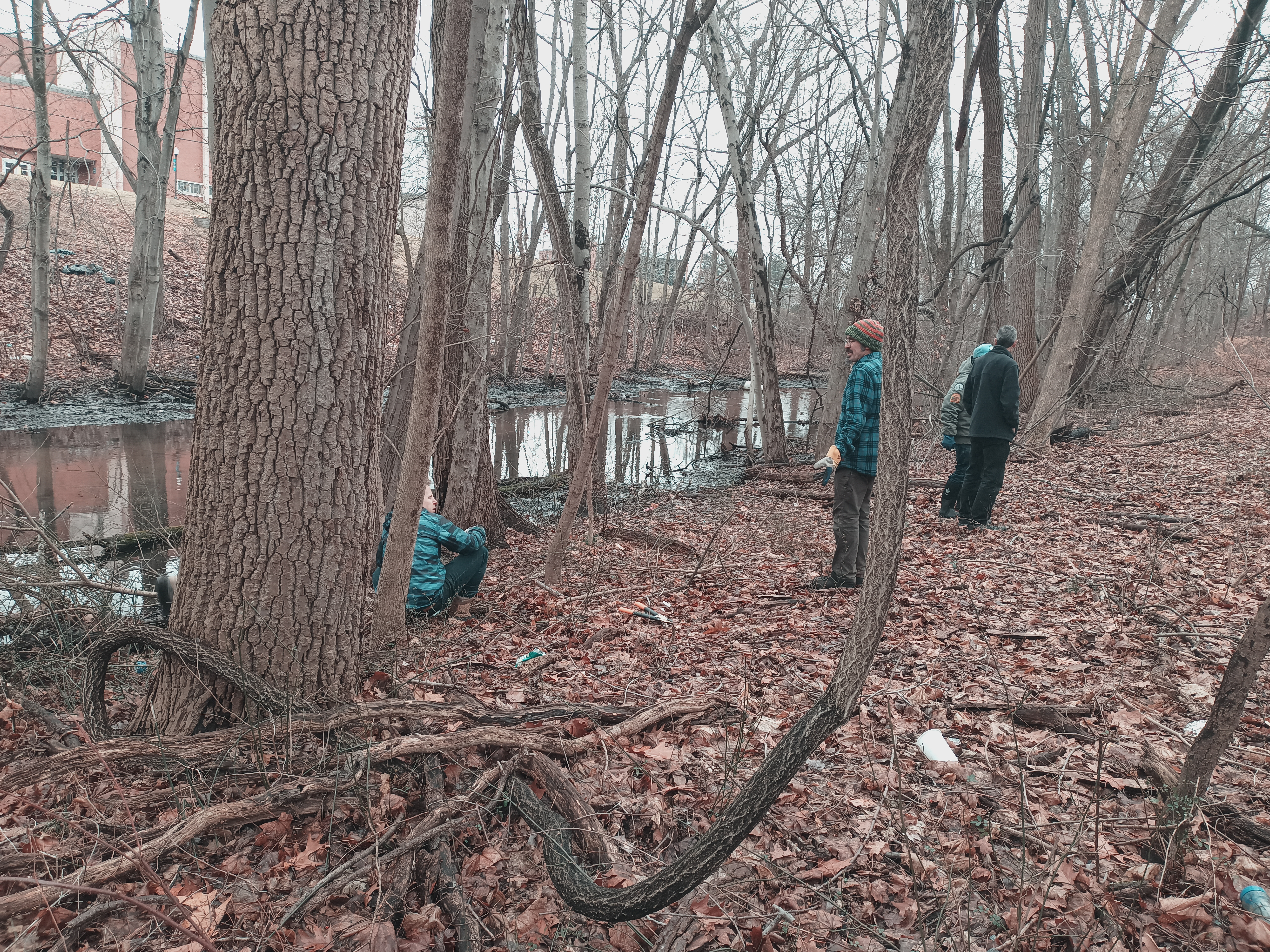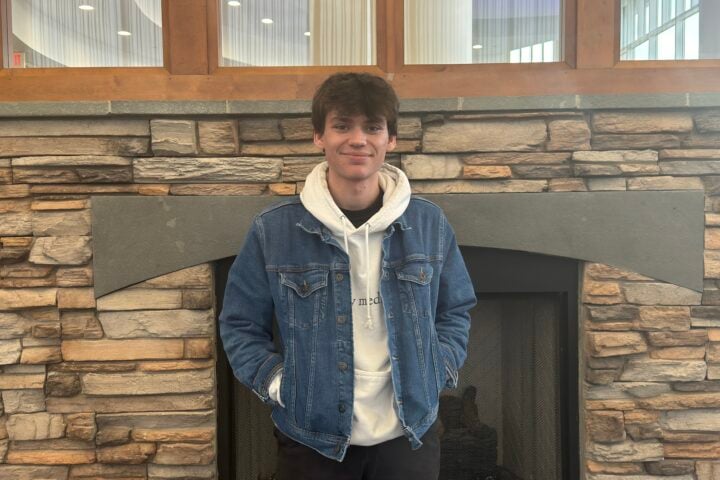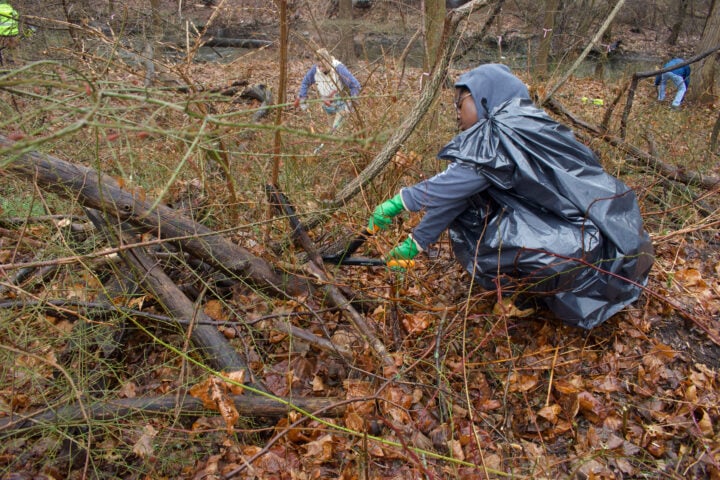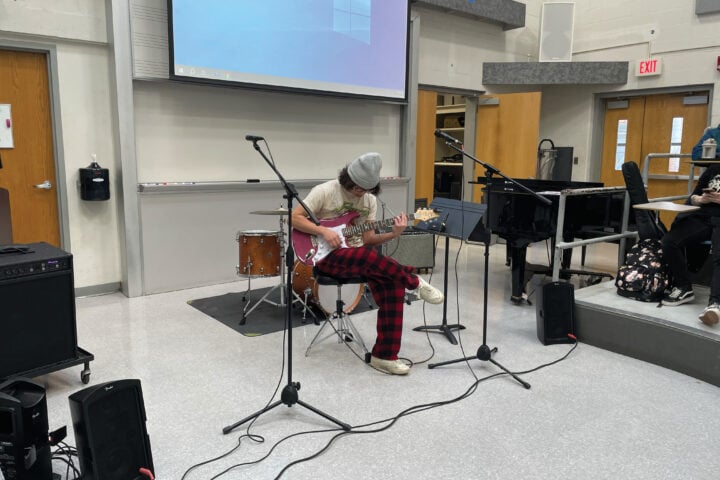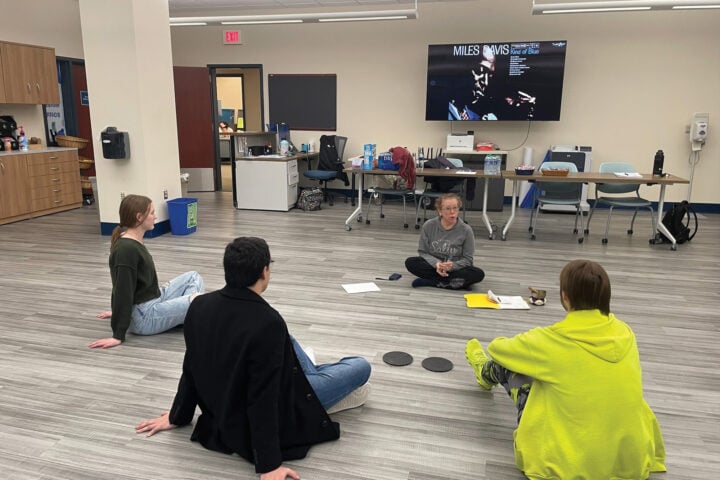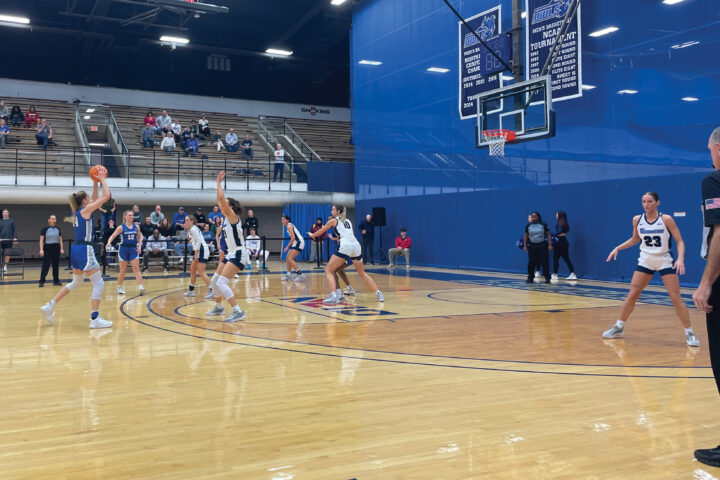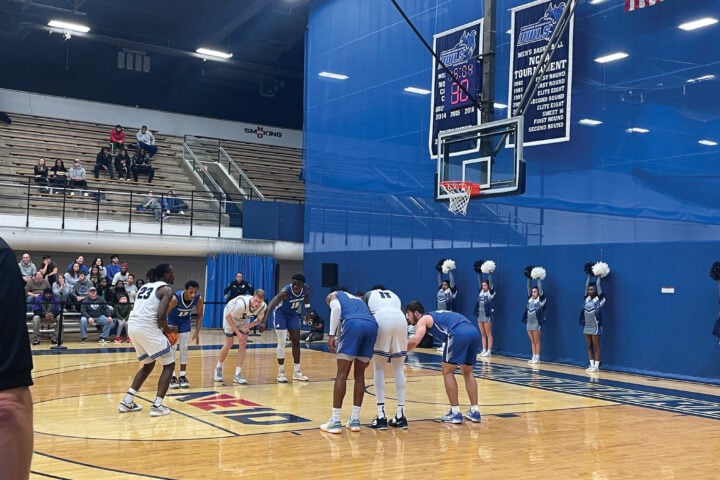Dylan Haviland – General Assignment Reporter
Dr. Bessel van der Kolk’s videos showed multiple approaches of trauma patients working towards recovery. One showed a patient of his implementing karate to take control of her environment, utilizing her technique to take down an assaulter in their practice facility. The patient was surrounded by peers that encouraged and cheered as she worked to overcome and take control of her mind. Van der Kolk went on to explain the importance of building these fundamentals in order not to become deskilled in the course of a traumatic event.
The videos were a part of Van der Kolk’s lecture, “Coping with Trauma” encompassing his work from over 40 years of field experience and studying in posttraumatic stress disorder. The doctor emphasized the importance of realizing how the body can become affected by trauma, both physically and mentally. He recommended activities such as arts and yoga can help patients cope with their past events.
Van der Kolk stressed how different approaches from stage acting and writing to yourself can be an important step to coming to terms with past trauma. He describes trauma as a damaging event in one’s life that can replay over and have a profound effect on the body.
He describes the process of incorporating arts and relaxation techniques as building creative competence. A patient gaining control of their lives and realizing that the event was in the past and they are a different person.
“We need to work on cultivating creative competence in order to help clients with PTSD to cope with trauma and incorporate it to the curriculum at Southern,” said David Alpert, master social work. “All students who are entering the field of social work will benefit.”
In the presentation several diagrams showed the areas of the brain that are effected through trauma, partially made possible by advances in neurology.
Using the diagrams as reference, Van der Kolk showed how the frontal lobe, which holds the information that makes people self-aware and interactive, can be hindered during trauma. The lights in the brain scans that show activity in the frontal lobe would be dim in a patients with trauma.
Van der Kolk encouraged the audience to become interactive and position themselves in a natural state. He made comparisons as to how trauma victims may be tense and stiff, making it difficult to become comfortable in situations. A video shown by Van der Kolk showed the exceptional progress of a patient whose body posture over the year relaxed as she coped with her traumatic experience.
“What’s important about it is understanding that there’s an organic element to this, so it’s not just an emotional abnormality and these people are just crazy,” said Professor Yan Searcy, school of health and human services. “All of us can be, or have been impacted by trauma but it’s how we respond to it.”
While Van der Kolk shows how scientific information and graphs can help provide information towards trauma, he still stresses the importance of the patient interacting with their environment. For example, he provided an anecdote to a trip in China were citizens practiced a type of yoga to deal with their environment. Van der Kolk even mentioned the importance of a patient physically touching other people, such as giving a hug.
“His movement is not just studying the problem but providing solutions to the problem,” said Searcy. “So it’s a very active approach and so if we can get our body aligned with our minds, then it facilitates the healing process.”
























